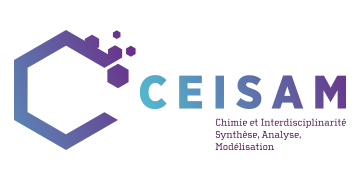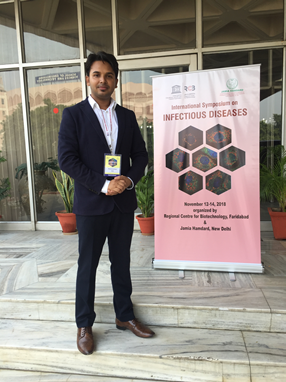Mohammad ASAD, Ph.D. student within the ModES team, will defend his thesis entitled: “Multiscale Modelling Studies of UnaG Fluorescent Protein and its Bilirubin Ligand” on Monday July 3 at 2:00 PM in Salle Marie Curie, CEISAM Laboratory.
Abstract:
The present Ph.D. thesis deals with a theoretical study of the UnaG fluorescent protein and its ligand, BLR, by combining molecular dynamics (MD) simulation, quantum mechanics (QM), and hybrid QM/MM calculations. The aim is to rationalize the mechanisms of the UnaG-BLR complex and its spectroscopic properties. UnaG belongs to a new class of ligand-induced fluorescent proteins. This protein emits light at 527 nm in the presence of its endogenous ligand, bilirubin (BLR). Consequently, it has a wide range of applications in medicine, such as evaluating BLR levels, particularly in cases of infantile jaundice. Moreover, BLR is known to exhibit antioxidant activity at normal concentrations. We evaluated the antioxidant activity of BLR through both thermodynamic and kinetic studies in the presence of peroxyl radicals. Initially, we explored BLR itself in a polar environment (water) to simulate its absorption properties, taking into account the system’s dynamics. Subsequently, we employed various theoretical methods to investigate the UnaG-BLR complex, assess the structural impact of two known mutants (N57A and N57Q), and examine the absorption properties of UnaG. Furthermore, we proposed, designed, and evaluated the effects of three in silico single mutations (D81A, I55Y, and R112A) to obtain UnaG mutants. This study provides valuable insights into the understanding of UnaG and BLR, shedding light on their complex interactions.
Key Words:
UnaG, Bilirubin, Absorption, Fluorescence, Antioxidant, MD, QM/MM, and QM.

